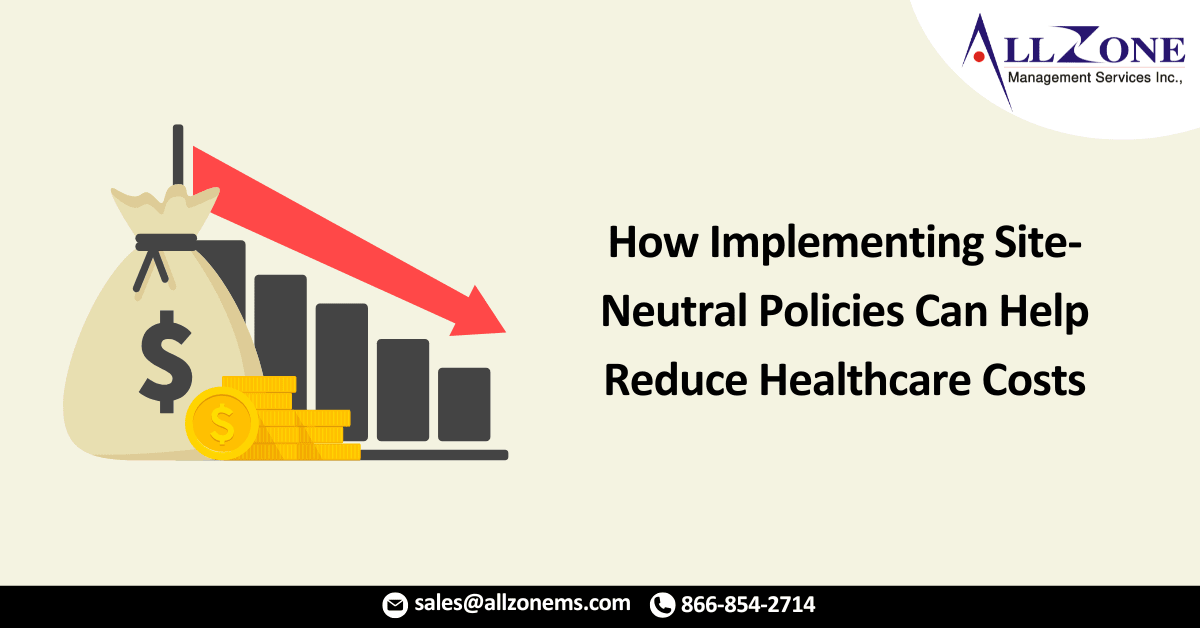The United States grapples with a healthcare affordability crisis, anticipating a 6.5 percent surge in costs due to inflation next year. Amidst concerns over escalating medical expenses, the deeper roots of these inflated prices often evade attention. Deficient government policies, notably Medicare reimbursement policies, contribute to consolidating the healthcare sector, ultimately driving up costs that adversely impact everyone. Addressing these Medicare policies is imperative to curbing these expenses.
Medicare constitutes nearly a quarter of all U.S. healthcare expenditures and covers a demographic that heavily utilizes the healthcare system. While comprising only 17 percent of the population, individuals over 65 shoulder approximately 35 percent of total healthcare spending.
The current Medicare framework mandates government-set prices and patient co-pays. Ideally, Medicare should prioritize patient care by uniformly reimbursing healthcare providers for equivalent services rendered. However, the existing system does not align with this principle.
Medicare determines reimbursement based on the provider’s category, yet many off-campus HOPDs closely resemble standard doctor’s offices. Consequently, when patients receive care at a hospital-owned facility, Medicare reimburses at a higher rate compared to services offered at private practices. This dual reimbursement system inadvertently incentivizes hospitals to acquire private medical practices, which, when integrated, receive elevated reimbursement rates compared to their independent counterparts. This policy inadvertently drives healthcare industry consolidation, a concerning outcome.
A congressional Medicare report highlighted a recent surge in services billed at HOPDs, contrasting a decline in services provided in standalone offices. Harvard University researchers affirm that consolidating healthcare entities contributes significantly to escalated prices and tends to diminish rather than enhance patient satisfaction. With hospitals acquiring smaller competitors, competition diminishes, granting hospitals greater market power. This increased power enables hospitals to escalate prices without the usual constraints posed by competitors and market dynamics.
Congress ought to mandate Medicare’s adoption of site-neutral reimbursements, ensuring consistent payments irrespective of service location or hospital ownership of physician practices. Site-neutral payments would eradicate the incentive for hospitals to acquire smaller practices, thereby curbing the escalation of healthcare expenses. The Medicare Payment Advisory Commission (MedPAC), an impartial body tasked by Congress to advice on Medicare matters, advocated for site-neutral payments in its June annual report. This recommendation stems from the recent surge in hospital acquisitions of physician practices and their empirical analysis.
MedPAC anticipates that site-neutral payments would eventually reduce Medicare spending by mitigating incentives for hospitals to acquire physician practices and bill services at the typically higher-paying outpatient provider fees. Additionally, it foresees improved circumstances for Medicare beneficiaries under site neutrality, foreseeing reduced cost-sharing responsibilities for site-neutral services while ensuring continued access to these services.
A 2023 study estimated that implementing a site-neutral policy would generate significant savings, projecting $231 billion for the federal government over a decade and an additional $152 billion for patients covering out-of-pocket expenses.
The pursuit of fairness in Medicare pricing and the reduction of out-of-pocket costs for seniors and all Americans is a bipartisan concern. Site-neutral payments offer a pragmatic solution, and Congress should promptly implement these crucial reforms without hesitation.

